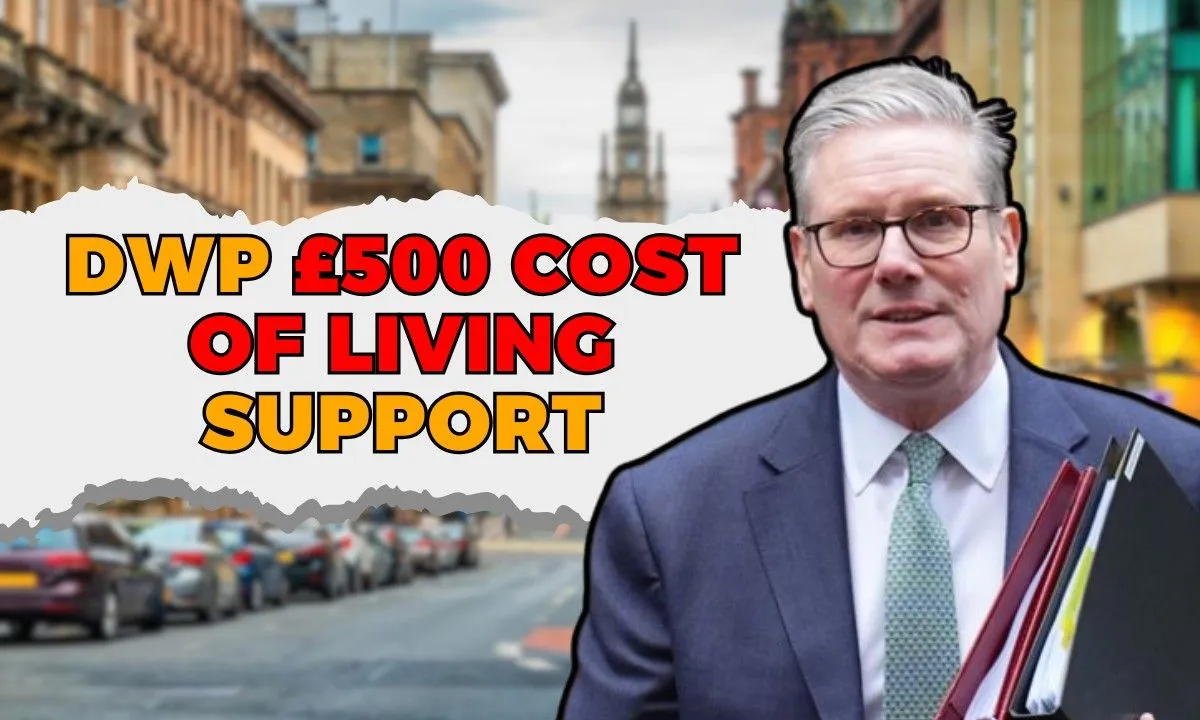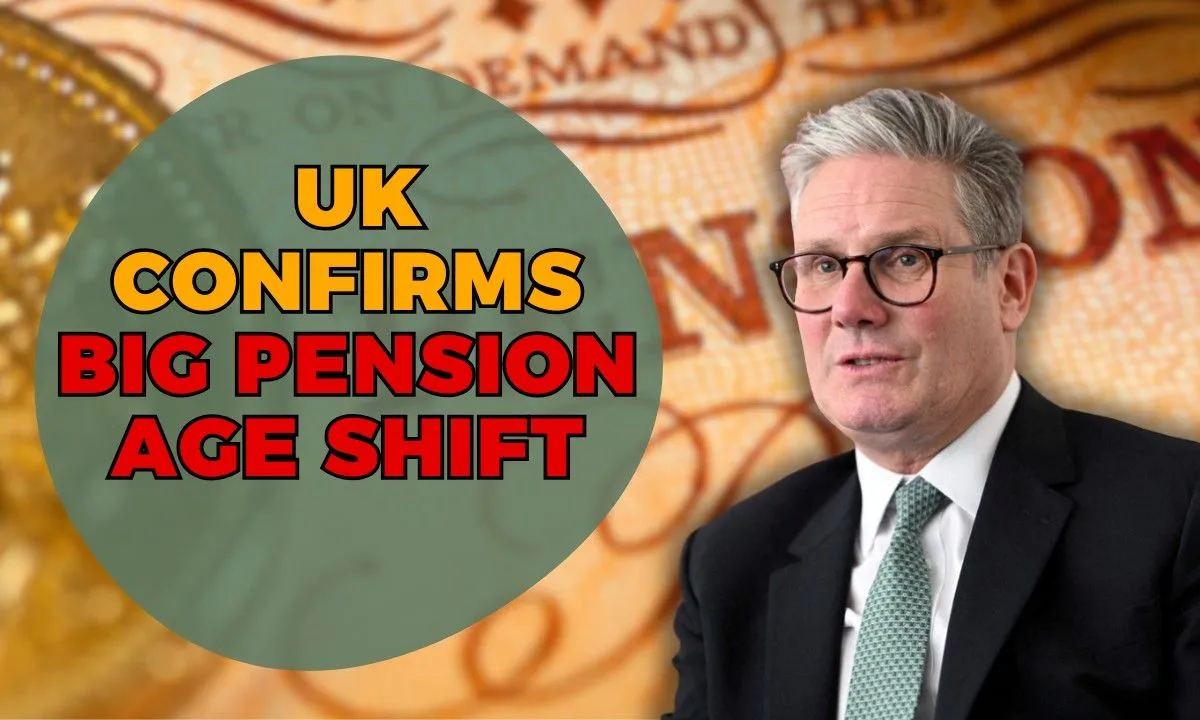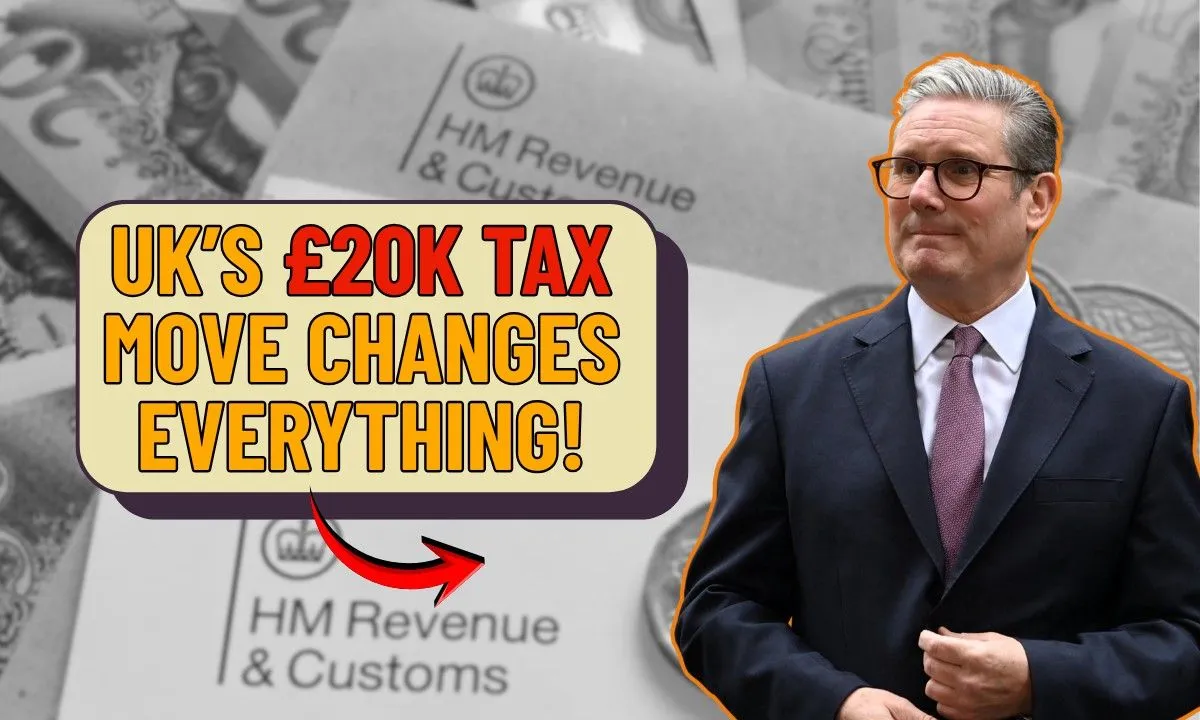Millions of Americans are finally getting clarity on the long-awaited $2,000 federal relief deposit scheduled for November 2025. The federal government has officially approved this one-time cost-of-living payment to help households cope with the financial pressure created by several years of elevated prices. While Washington avoids calling it a “stimulus check,” the reality is that this deposit will function almost the same for families who continue struggling with expensive groceries, rising rents, high insurance premiums, and persistent economic uncertainty. With so many households still stretched thin despite cooling inflation, this $2,000 relief payment is expected to provide timely support exactly when families need it most.
Unlike many benefit programs, this deposit requires no application, no fresh documentation, and no verification beyond the taxpayer information already filed through the 2024 federal return. The IRS and U.S. Treasury will automatically process payments using existing records, making it one of the simplest federal support disbursements since the pandemic-era assistance programs.
Table of Contents
Why the Government Is Sending $2,000 in November 2025
Even though inflation rates have eased compared to their peak, the cost of living has not returned to normal. Economists describe this ongoing challenge as “sticky inflation,” meaning prices for essentials remain high even when inflation slows down. The impact is most visible in everyday necessities food, rent, utilities, transportation, and healthcare items that families cannot reduce or avoid. With wages recovering slower than prices, and many households relying heavily on credit cards just to keep up, policymakers determined that a targeted deposit was necessary to prevent further financial strain.
The $2,000 payment was included in the government’s latest budget resolution as part of the Federal Inflation Adjustment Initiative, designed to give Americans immediate breathing room toward year-end expenses. Treasury officials clarified that the deposit is “a temporary cushion,” not an ongoing benefit, but emphasized that it arrives at a time when many households are financially exhausted. For millions, the timing could not have been better.
Who Will Receive the $2,000 Deposit in 2025
Eligibility for this federal payment aligns with the structure of previous IRS-managed economic relief programs but introduces narrower income brackets to ensure the support reaches households most affected by rising costs. Every eligible American must have filed a 2024 federal income tax return, possess a valid SSN or ITIN, and be a U.S. citizen or lawful resident. Payments will be issued using the same delivery method you used for your last tax refund, whether direct deposit, paper check, or government-issued debit card.
The income criteria are where the program becomes more targeted. Full payments are issued only to those whose earnings fall within the brackets listed below, while taxpayers slightly above these levels may receive a reduced amount through a phase-out formula.
Income Eligibility Table for $2,000 Federal Payment
| Filing Status | Income for Full $2,000 | Phase-Out Begins |
|---|---|---|
| Single | Up to $70,000 | Above $70,000 |
| Married Filing Jointly | Up to $150,000 | Above $150,000 |
| Head of Household | Up to $112,500 | Above $112,500 |
The IRS will automatically calculate whether you qualify for the full amount or a partial payment, ensuring that no additional steps are required from taxpayers.
When Payments Will Arrive in November 2025

The IRS has confirmed that the federal deposit rollout will begin on November 15, 2025, and continue through November 25, 2025, with daily batch processing. This means that direct deposit recipients are likely to see the funds in their accounts during this 10-day window. Meanwhile, individuals who rely on paper checks or prepaid debit cards will have their payments mailed earlier in November, but actual delivery times will depend on local postal schedules and regional mail operations.
To make tracking easier, the IRS will provide updates through two official systems Get My Payment and the IRS2Go app which refresh once every 24 hours. These tools will show whether your payment has been processed, the date it is scheduled to arrive, and whether it is being issued by direct deposit or paper mail.
If Your $2,000 Deposit Does Not Arrive
Some taxpayers may notice delays, especially if their banking information changed after filing the 2024 return. The IRS will not update bank details for this program, which means the payment will automatically shift to a paper check or debit card mailed to the last known address. If you still do not receive your payment by the end of November, the IRS allows you to claim the full amount as a Recovery Rebate Credit on your 2025 federal tax return, a process similar to recovering missing stimulus checks during the COVID-19 years.
Economists React to the New Federal Payment
Experts remain divided on the program, reflecting the larger national debate about government-driven financial support. Supporters view the deposit as a necessary relief measure at a time when households are still navigating higher living costs. They argue that the payment could prevent many families from missing rent, falling behind on utility bills, or relying on high-interest credit cards. Critics, however, warn that injecting broad financial support into the economy could temporarily increase demand in markets already dealing with limited supply, creating small price spikes. Yet, with an estimated 70 million Americans qualifying, most analysts agree this relief will have a meaningful impact on consumer confidence.
What This $2,000 Really Means for Families in 2025
For many households, $2,000 may not cover every financial obligation, but it can significantly ease immediate pressure. Most families are expected to put the funds toward rent, groceries, winter energy bills, medical costs, transportation needs, or paying down high-interest debt. Beyond the financial value, the simple reassurance of receiving support at a crucial time offers emotional and psychological relief, reminding families that federal assistance is still responsive to real-world challenges.
FAQs
Q1: Do I need to apply for the $2,000 deposit?
No. The IRS will issue the payment automatically using your 2024 tax return.
Q2: What if my banking information changed?
The IRS will send your payment by paper check or debit card to your last known mailing address.
Q3: How do I track my payment?
Use Get My Payment or the IRS2Go mobile app, which updates every 24 hours.
Q4: Can I still get the payment if I miss the deposit date?
Yes. You can claim the full amount as a Recovery Rebate Credit during the 2025 tax season.
Q5: Who qualifies for the full $2,000 payment?
Single filers under $70k, joint filers under $150k, and heads of household under $112,500 qualify for the full deposit.



